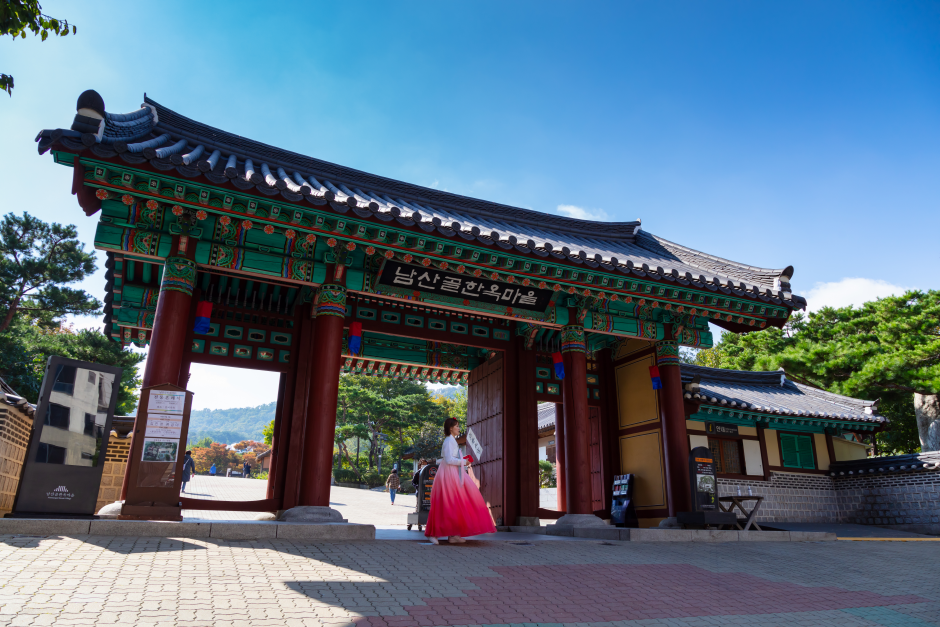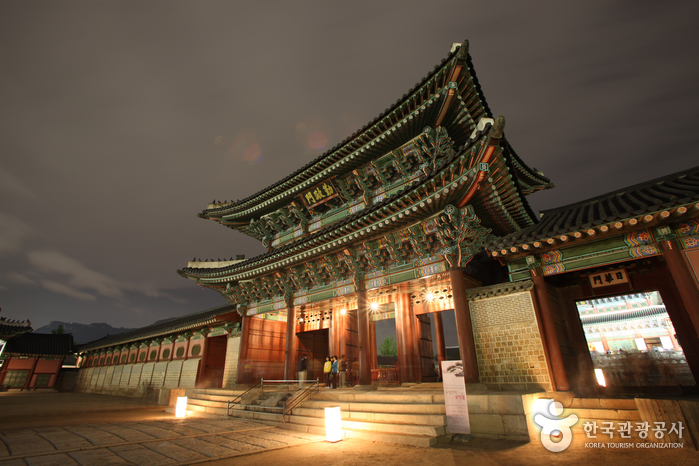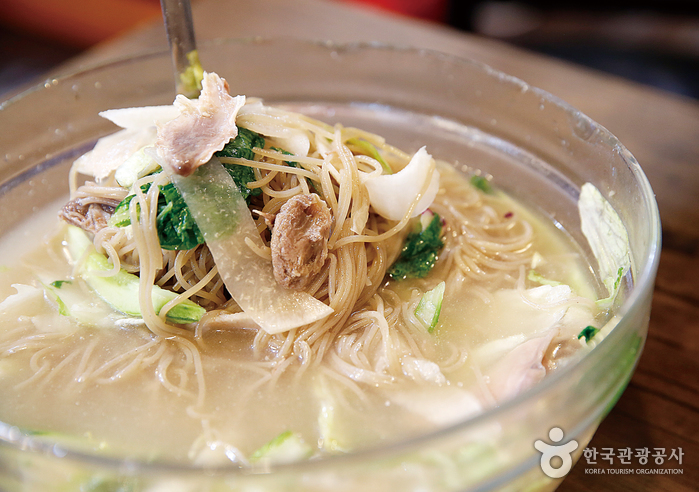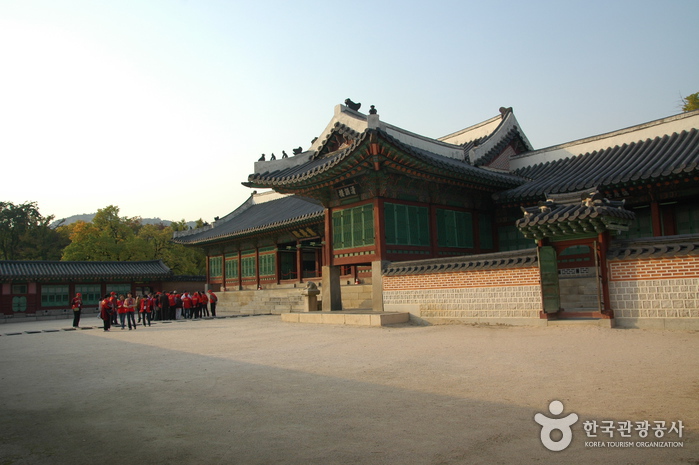Namsangol Hanok Village (남산골한옥마을)
9.8Km 2025-07-14
28 Toegye-ro 34-gil, Jung-gu, Seoul
Namsangol Hanok Village opened in 1998 on the northern side of Namsan Mountain in the center of the capital. This village has five restored hanok (traditional Korean house) premises, a pavilion, a traditional garden, a performance art stage, and a time capsule plaza, making it a perfect spot for locals and tourists to take a leisure walk. Upon entering from the front gate, visitors will get a taste of Korea's traditional life while escaping from bustling city life. The traditional garden with its pavilion and old houses creates a peaceful ambiance before the forested Namsan Mountain. A time capsule commemorating Seoul’s 600th anniversary was buried in 1994 at the highest point of the village and is scheduled to be reopened 400 years later in 2394.
The five hanok premises at Namsangol Hanok Village once belonged to aristocrats and government officials of the Joseon dynasty. Each house was originally located in a different neighborhood, but they were all moved to this area and restored to their original form. The houses were rebuilt using their original materials, except for one house, where the materials were too old and deteriorated to be reused. The premises were carefully restored and replicated according to their original form to depict the owners’ social class and personality. These buildings are now used as an exhibit to portray the living environment during the Joseon dynasty and as a venue for educational and cultural programs for children and tourists.
Some of the unique programs and activities to participate in include wearing hanbok, folding hanji (traditional Korean paper), writing in Korean, traditional tea ceremony, traditional etiquette school, and herbal medicine experience. There are also taekwondo demonstrations and other various performances held around the village. Visitors can also try traditional games such as yunnori (traditional board game), or understand more about the area through a guided tour.
Imun Seolnongtang (이문설농탕)
9.8Km 2025-06-18
38-13 Ujeongguk-ro, Jongno-gu, Seoul
+82-2-733-6526
Imun Seolnongtang has been serving its hearty seolleongtang for over a hundred years since it first opened in 1907. Even its name has a long history: the word imun comes from Imun-gol, the now-obsolete name of the restaurant’s location, and seolnongtang, an old variation of the word seolleongtang. During the Japanese colonial rule, the restaurant’s regular customers included Gijeong Son, the marathon gold-medalist at the 1936 Berlin Olympics. The meal served at this restaurante is reputed to stay consistent from the Japanese colonial period.
Nike - Starfield Bucheon Branch [Tax Refund Shop] (나이키 스타필드부천)
9.8Km 2024-04-18
3F, #3170, 1, Okgil-ro, Bucheon-si, Gyeonggi-do
-
ABC-Mart - Starfield Bucheon Branch [Tax Refund Shop] (ABC마트 ST스타필드부천점)
9.8Km 2024-04-18
1, Okgil-ro, Bucheon-si, Gyeonggi-do
-
Uniqlo - Starfield Bucheon Branch [Tax Refund Shop] (유니클로 스타필드부천)
9.8Km 2024-04-19
2F, 1, Okgil-ro, Bucheon-si, Gyeonggi-do
-
E-Mart Traders - Starfield Bucheon Branch [Tax Refund Shop] (이마트트레이더스 스타필드부천)
9.8Km 2024-04-22
1, Okgil-ro, Bucheon-si, Gyeonggi-do
-
Gyeongbokgung Palace Special Evening Admission (경복궁 야간 특별관람)
9.8Km 2022-03-24
161, Sajik-ro, Jongno-gu, Seoul
• 1330 Travel Hotline: +82-2-1330 (Korean, English, Japanese, Chinese) • For more info: +82-2-3700-3900~1
The special evening admission to Gyeongbokgung Palace takes place for a limited time every year. Visitors can purchase tickets for this special evening program online.
Pyeongnaeok (평래옥)
9.8Km 2021-03-22
21-1, Mareunnae-ro, Jung-gu, Seoul
+82-2-2267-5892
This store, which has been around since 1950, always has a long line of customers. A Pyeongyang cold buckwheat noodles specialty restaurant located in Jung-gu, Seoul. The representative menu is Pyeongyang cold buckwheat noodles.
Harmony Mart - Insa Branch [Tax Refund Shop] (하모니마트 인사)
9.8Km 2024-04-17
1F (Gwanhun-dong), 38, Insadong 5-gil, Jongno-gu, Seoul
-
Gyeongbokgung Palace Jagyeongjeon Tea Ceremony (경복궁 자경전 다례체험행사)
9.8Km 2020-03-12
161, Sajik-ro, Jongno-gu, Seoul
• 1330 Travel Hotline: +82-2-1330 (Korean, English, Japanese, Chinese) • For more info: +82-2-3210-4683
This traditional tea ceremony experience takes place at Jagyeongjeon Hall in Gyeongbokgung Palace every Saturday and Sunday. Participation is by reservation on a first come, first serve basis.
The ceremony includes a tea culture demonstration and experience, making honey cakes, traditional etiquette introduction, and lectures related to tea culture. To participate in the tea ceremony, download the application form from the Korea Cultural Heritage Foundation website and submit the form through email.


![Nike - Starfield Bucheon Branch [Tax Refund Shop] (나이키 스타필드부천)](http://tong.visitkorea.or.kr/cms/resource/23/2881923_image2_1.jpg)
![ABC-Mart - Starfield Bucheon Branch [Tax Refund Shop] (ABC마트 ST스타필드부천점)](http://tong.visitkorea.or.kr/cms/resource/25/2881925_image2_1.jpg)
![Uniqlo - Starfield Bucheon Branch [Tax Refund Shop] (유니클로 스타필드부천)](http://tong.visitkorea.or.kr/cms/resource/28/2891028_image2_1.jpg)
![E-Mart Traders - Starfield Bucheon Branch [Tax Refund Shop] (이마트트레이더스 스타필드부천)](http://tong.visitkorea.or.kr/cms/resource/20/2881920_image2_1.jpg)


![Harmony Mart - Insa Branch [Tax Refund Shop] (하모니마트 인사)](http://tong.visitkorea.or.kr/cms/resource/79/2888079_image2_1.jpg)

 English
English
 한국어
한국어 日本語
日本語 中文(简体)
中文(简体) Deutsch
Deutsch Français
Français Español
Español Русский
Русский